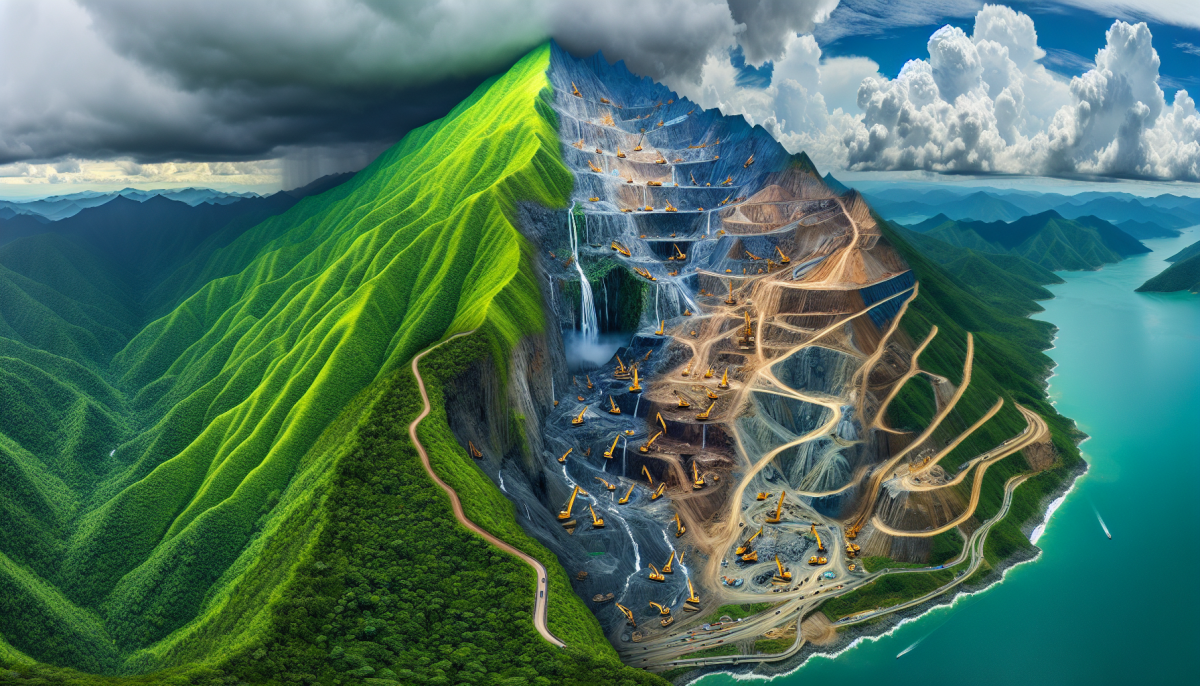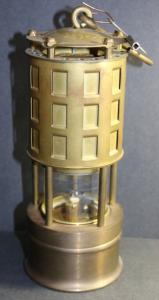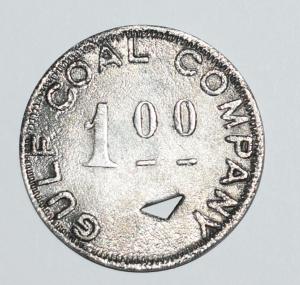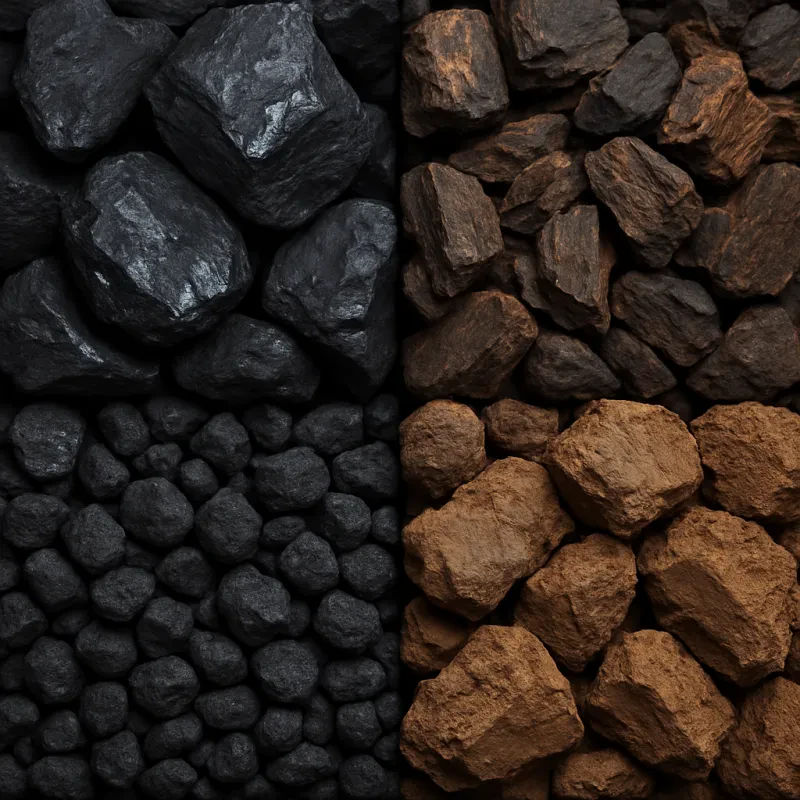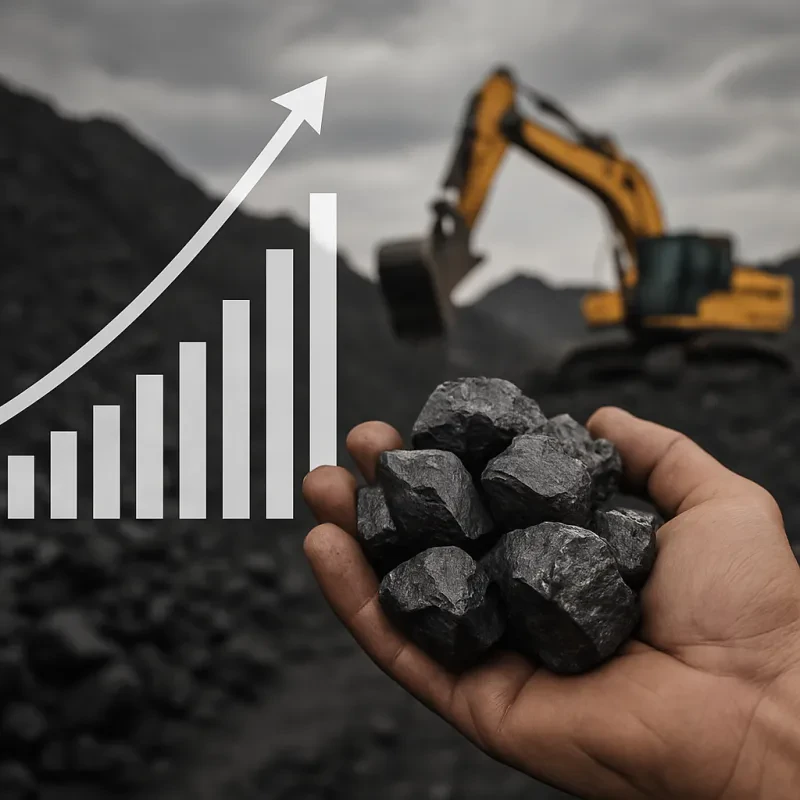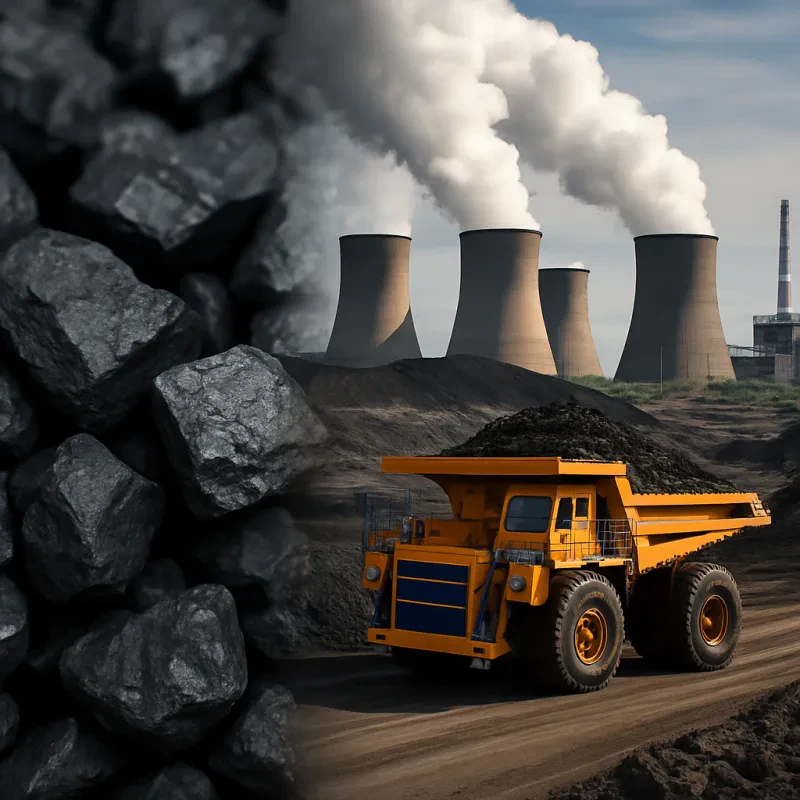Mountain top mining—also known as mountaintop removal mining (MTR)—is a form of surface mining that has transformed the landscape of Appalachia and other coal-rich regions of the United States. This controversial technique is both praised for its economic benefits and criticized for its environmental consequences.
In this article, we’ll explore what mountain top mining is, how it works, where it's most common, and what it means for the environment, economy, and future of energy.
What Is Mountain Top Mining?
Definition and Overview
Mountain top mining is a surface mining practice that involves removing the summit or summit ridge of a mountain to expose coal seams beneath. Rather than tunneling underground, miners remove large portions of the mountain's surface, extracting coal more efficiently but with broader ecological disruption.
This method is primarily used in the Appalachian Mountains, where narrow coal seams make traditional mining less economical.
How Mountain Top Mining Works
Step-by-Step Process
-
Clearing the Land
Trees, brush, and topsoil are removed from the mountain ridge. -
Blasting
Explosives are used to break apart the overburden (the rock and soil above the coal seams). -
Coal Extraction
Heavy machinery, such as draglines and excavators, is used to extract the exposed coal. -
Disposal of Overburden
The excess rock and soil are often dumped into nearby valleys, creating "valley fills." -
Reclamation
The mined area is reshaped, topsoil is added, and the land is replanted—though the original ecosystem is rarely restored to its prior state.
Where Is Mountain Top Mining Common?
Key Regions in the United States
Mountain top mining is most heavily concentrated in:
-
West Virginia
-
Eastern Kentucky
-
Southwestern Virginia
-
Eastern Tennessee
These areas are part of the Central Appalachian coalfields, which hold some of the most accessible coal seams in the country.
Environmental Impact of Mountain Top Mining
Forest and Habitat Destruction
Removing the tops of mountains destroys forests and displaces native wildlife. Biodiversity in these regions often suffers long-term losses.
Water Pollution
Valley fills can contaminate streams and rivers with heavy metals and toxic substances. Selenium, arsenic, and other pollutants have been detected downstream of MTR sites.
Air Quality and Health Risks
Blasting and coal dust can significantly affect local air quality, leading to respiratory issues and other health problems for nearby residents.
Landscape Alteration
MTR permanently changes the topography of a region. Formerly distinct mountain peaks become flat plateaus, altering watersheds and drainage patterns.
Economic Benefits and Job Creation
Coal Extraction Efficiency
MTR allows access to coal seams that would be too difficult or expensive to reach using underground methods. This boosts the productivity and profitability of mining operations.
Job Opportunities
Although mountain top mining is highly mechanized and requires fewer workers than traditional underground mining, it still provides jobs in economically depressed regions.
Tax Revenue
Coal companies contribute to local economies through severance taxes, business activity, and infrastructure development.
Mountain Top Mining Regulations and Controversy
Key Legislation
-
Surface Mining Control and Reclamation Act (SMCRA) – Regulates surface coal mining and mandates land reclamation.
-
Clean Water Act – Affects the disposal of overburden into waterways.
-
Environmental Impact Statements (EIS) – Required for many large-scale mining operations.
Ongoing Legal and Political Debates
Environmental groups frequently oppose MTR due to its ecological footprint, while industry advocates argue it's a necessary method for energy independence and regional employment.
Alternatives to Mountain Top Mining
Underground Mining
Conventional methods like room-and-pillar or longwall mining cause less surface disturbance but are costlier and more dangerous.
Renewable Energy Shift
Solar, wind, and hydropower are becoming increasingly viable as long-term alternatives to coal, reducing the demand for mountaintop removal operations.
The Future of Mountain Top Mining
Declining Coal Demand
With the global transition toward cleaner energy, coal mining—including MTR—is in decline. U.S. coal production has steadily fallen over the last decade.
Reclamation and Renewable Repurposing
Some former MTR sites are being repurposed into wind farms, solar arrays, or other public-use developments. This trend offers a hopeful outlook for communities impacted by mining.
Conclusion: Balancing Energy, Economy, and Environment
Mountain top mining remains one of the most debated coal extraction techniques in the U.S. While it brings undeniable economic benefits and coal access, it also poses significant environmental and health concerns.
As the nation shifts toward renewable energy, the practice of MTR may fade—but the need to reclaim and repurpose mined lands will remain a critical issue. Whether viewed as a necessary economic engine or an ecological hazard, mountain top mining is a practice that reflects the broader challenge of balancing energy needs with environmental stewardship.
